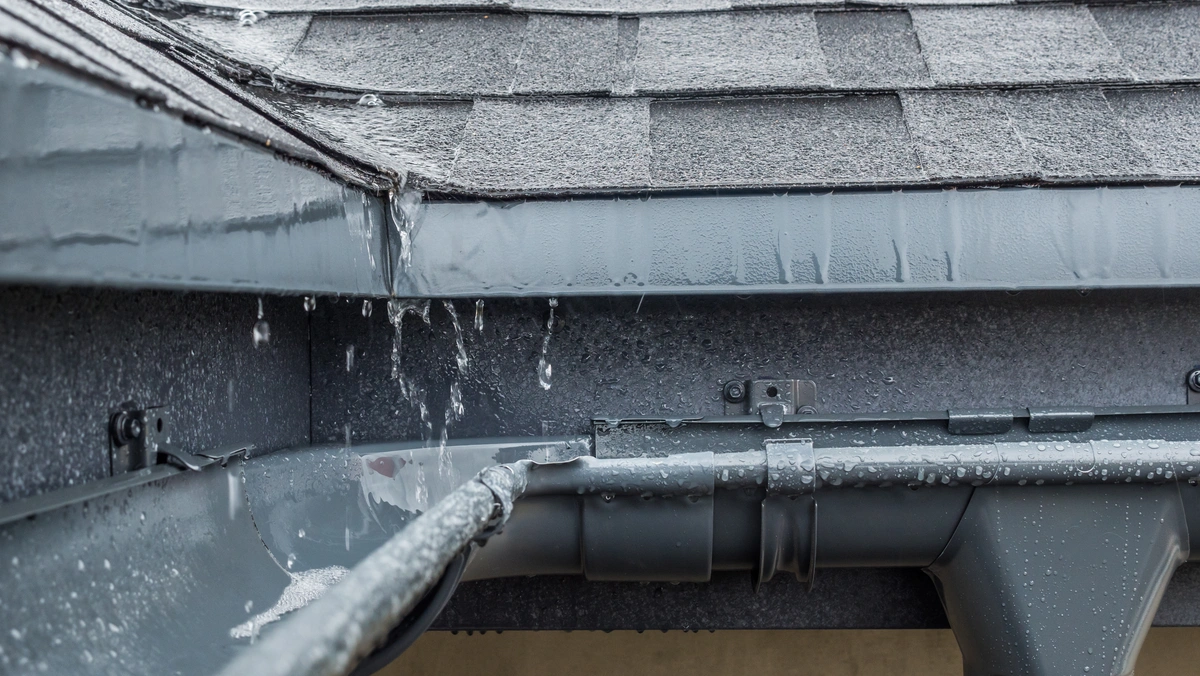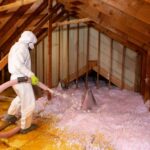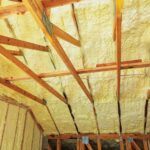Managing water on your roof is crucial for maintaining the structural integrity of your home. Proper roof water management ensures that rainwater is efficiently directed away from your roof and foundation, preventing potential damage. In this article, we will cover essential roof water management tips to help you protect your home.

Importance of Roof Water Management
Proper water management on your roof is vital for several reasons. It prevents water damage to your home’s structure, reduces the risk of leaks, and helps maintain the longevity of your roof. By implementing effective roof water management tips, you can avoid costly repairs and ensure your home remains safe and dry.
Understanding Roof Drainage Systems
Roof drainage systems play a crucial role in managing water on your roof. These systems are designed to collect and channel rainwater away from your roof and foundation. There are various types of drainage systems, including gutters, downspouts, and drains. Each type has its advantages and is suitable for different types of roofs.
Gutters and Downspouts
Gutters and downspouts are common components of most roof drainage systems. Gutters collect rainwater from the roof and channel it into downspouts, which direct the water away from your home’s foundation. Regular maintenance of gutters and downspouts is essential to prevent clogs and ensure proper water flow.
Roof Drains
For flat or low-slope roofs, roof drains are often used. These drains are installed at various points on the roof to collect and divert water. Proper installation and maintenance of roof drains are crucial to prevent water pooling and potential damage. For more information on choosing the right roof drainage system, check this external resource.
Regular Roof Inspections
Regular roof inspections are essential for identifying potential issues with your water management system. Inspections can help detect damaged shingles, clogged gutters, or leaks. It’s recommended to inspect your roof at least twice a year, preferably in spring and fall. For a detailed checklist, visit this roof inspection checklist.
Identifying Roof Damage
During inspections, look for signs of roof damage, such as missing shingles, cracked flashing, or water stains on the ceiling. Addressing these issues promptly can prevent further damage and maintain efficient water management.
Maintaining Gutters and Downspouts
Regular maintenance of gutters and downspouts is crucial for effective roof water management. Clean your gutters at least twice a year to remove leaves, debris, and other obstructions. This prevents clogs and ensures proper water flow away from your home. For DIY tips on maintaining downspouts, check out this resource.
Preventing Roof Leaks
Preventing roof leaks is a key aspect of effective water management. Ensure that all flashing is secure and in good condition, as this prevents water from seeping into your home. Regularly check for signs of wear and tear, and repair any damage promptly.
Sealing and Caulking
Inspect areas around vents, chimneys, and skylights for gaps or cracks. Use a high-quality sealant or caulk to fill these gaps and prevent water infiltration.
Installing Roof Coatings
Roof coatings provide an additional layer of protection against water damage. These coatings can extend the life of your roof by reflecting sunlight and reducing heat absorption. They also help seal minor leaks and cracks, enhancing water management. For more information on applying roof coatings, visit this guide.
Dealing with Roof Discoloration
Roof discoloration can indicate water damage or algae growth. Addressing discoloration promptly can prevent further damage and maintain effective water management. To fix roof discoloration, follow the steps outlined in this resource.
Cleaning Roof Tiles
Regular cleaning of roof tiles can prevent water-related issues. For clay tiles, use a gentle cleaning solution and a soft brush to remove dirt and debris. This helps maintain the appearance and functionality of your roof. For detailed cleaning instructions, refer to this guide.
Conclusion
Effective roof water management is essential for protecting your home from water damage. By understanding drainage systems, conducting regular inspections, and maintaining your roof, you can ensure efficient water management and prolong the life of your roof. Implement these roof water management tips to safeguard your home and enjoy peace of mind.

FAQ
What is the best way to clean gutters?
The best way to clean gutters is to remove debris by hand or with a gutter scoop, then flush the gutters with water to ensure proper flow.
How often should I inspect my roof?
It’s recommended to inspect your roof at least twice a year, preferably in spring and fall, to detect any potential issues early.
Can roof coatings help prevent leaks?
Yes, roof coatings can help seal minor leaks and cracks, providing an additional layer of protection against water damage.
This article contains affiliate links. We may earn a commission at no extra cost to you.







